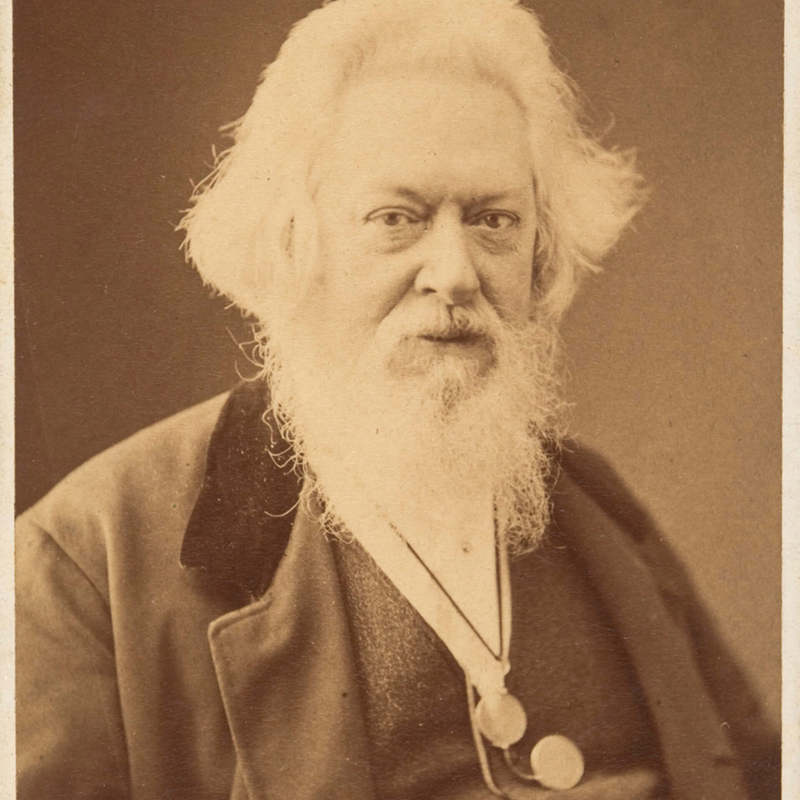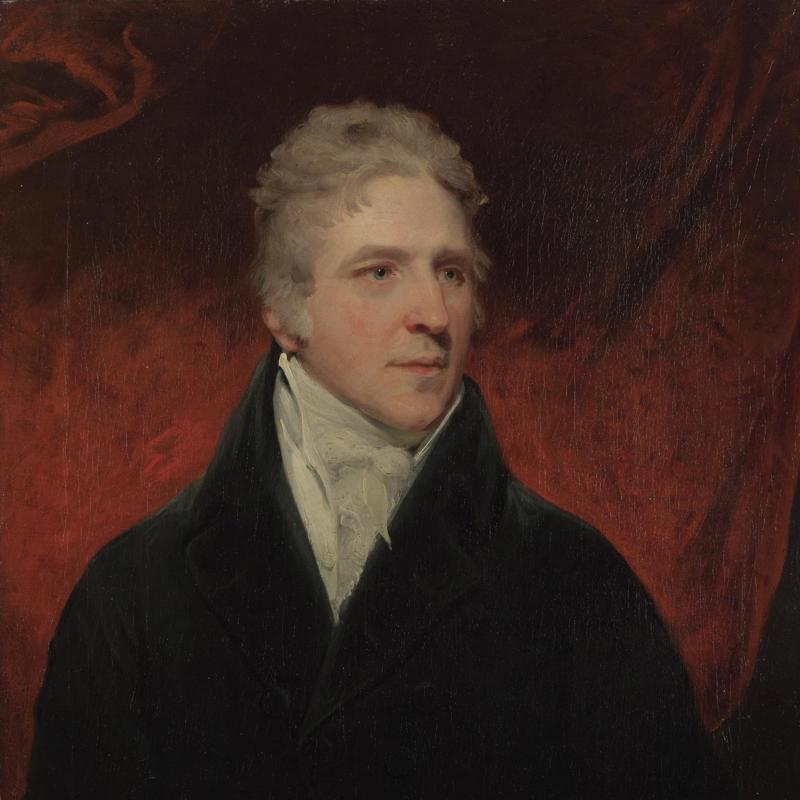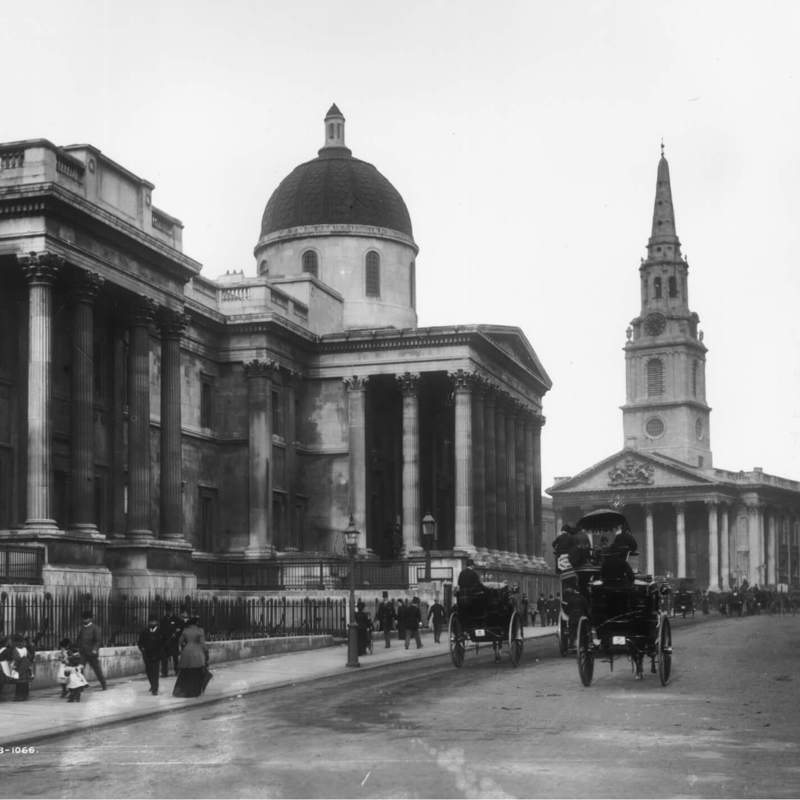New directions
Meet Sir Charles Lock Eastlake: the National Gallery's first Director
For the first 31 years, the National Gallery did not have a Director. It was originally managed by the Keeper, with help from the first employees. That was until 1855, when the Gallery’s administration was restructured and Sir Charles Lock Eastlake joined as the first Director. But what did the role of Director involve back in the 19th century? Let's take a look at how Eastlake guided the Gallery in new directions.
Eastlake's love of art
Eastlake's connection to the art world began with his career as a painter. Born in Plymouth, in 1793, he trained as an artist at the Royal Academy. There, he was taught, among others, by the famous artist Joseph Mallord William Turner, many of whose paintings are displayed at the National Gallery today.
In his early career, Eastlake travelled across Europe and lived in Italy for 14 years. While in Rome, he created beautiful oil paintings of Italian landscapes and Roman ruins, as well as some portraits. Eastlake also developed a love of Italian Renaissance paintings, numerous examples of which he later purchased for the National Gallery’s collection.
The road to Director
Eastlake held an increasing number of the most important roles across the Victorian art world, namely Secretary of the Fine Arts Commission and the President of the Royal Academy. His last role was as Director of the National Gallery. But this wasn't his first job at the Gallery. Eastlake had previously been the Keeper from 1843 to 1847 and later, in 1850, he became a Trustee.
As Director, Eastlake was responsible for selecting paintings for the collection and managing them in the Gallery. He worked with the Travelling Agent, Otto Mündler, and the Keeper and Secretary to the Trustees, Ralph Nicholson Wornum, to expand the collection, particularly to include early Italian art. During his time as Director, about 150 works were acquired. When he died in 1865, the collection could now rival that of the Louvre in Paris and Prado in Madrid, at least in terms of quality.
Leaving a legacy
Elizabeth Rigby was an accomplished linguist and author. In 1849, she married Sir Charles Lock Eastlake, becoming known as Lady Eastlake. They were both acknowledged scholars and Sir Eastlake alone had an impressive collection of over 2,000 art history books, as well as a fine private picture collection.
After his death in 1865, Lady Eastlake offered her husband’s book collection to the National Gallery to purchase. She wanted his resources to be put to use by his successors. In order that his name remain associated with his books, Lady Eastlake asked that the collection of books be known as the Eastlake Library. On Valentine's Day in 1870, Lady Elizabeth had every title page stamped with an ‘E’ to ensure that the books remained associated with Eastlake’s name and could be recognised as forming part of the original Eastlake Library.
It is thanks to the Eastlakes that the seeds of a unique and distinctive art history library were sown. This has grown into the National Gallery Library. Among the 100,000 printed volumes, you can still find the letter ‘E’ stamped in the books from the original Eastlake Library. It also continues to be a place of research for curators, our staff and visitors today.









